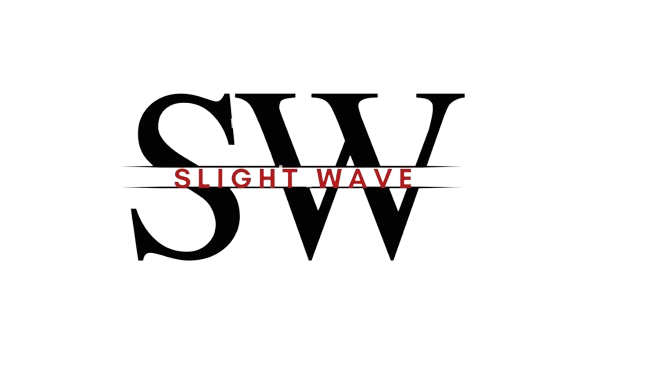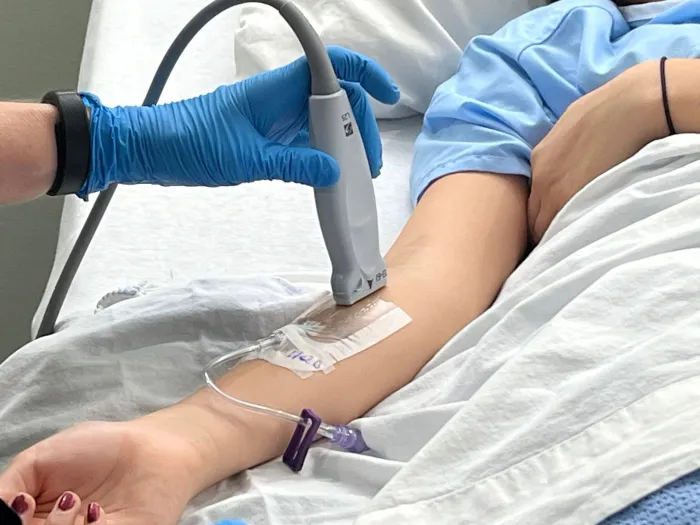Ultrasound-guided injections have become a cornerstone in modern medicine, providing precision in delivering medications directly to the site of pain or inflammation. This technique is widely used across specialties such as sports medicine, rheumatology, and pain management. As medical professionals seek to enhance their skill set, specialized training in ultrasound-guided injections is increasingly in demand.
A comprehensive course on this topic not only boosts practitioner confidence but also improves patient outcomes. This article provides an in-depth overview of what such a course entails, the skills you can expect to gain, and the benefits of mastering ultrasound-guided injection techniques.
Introduction to Ultrasound-Guided Injections
Ultrasound-guided injections involve the use of ultrasonography to direct the placement of a needle into a specific anatomical structure. The real-time dynamic visual feedback offered by ultrasound allows for increased accuracy and safety in needle placement, reducing the risk of complications associated with blind injections.
The Need for Specialized Training
While the concept of using ultrasound for injections might sound straightforward, the technique requires a deep understanding of both sonographic anatomy and injection skills. Proper training is crucial to navigate the learning curve associated with this procedure.
Without adequate training, practitioners may face challenges such as poor visualization of the needle, incorrect identification of structures, or suboptimal delivery of therapeutic agents. For those interested in mastering these skills, the NRAP Academy offers specialized courses that provide comprehensive training in ultrasound-guided injection techniques, ensuring practitioners can achieve optimal outcomes.
Course Objectives
A comprehensive course in ultrasound-guided injections typically aims to:
- Enhance understanding of sonographic anatomy relevant to common injection sites.
- Develop proficiency in the use of ultrasound machines, including settings optimization for the best imaging.
- Teach needle placement techniques to maximize accuracy and minimize patient discomfort and risk.
- Provide hands-on experience through practical sessions with real patients or high-fidelity simulators.
- Discuss the selection of appropriate injectates (e.g., corticosteroids, hyaluronates, platelet-rich plasma) and their indications.
Curriculum Overview
Module 1: Introduction to Ultrasound Technology
- Fundamentals of Ultrasonography: Physics, machine handling, and understanding sonographic images.
- Instrumentation and Ergonomics: Choosing the right probes and equipment setup for optimal use and practitioner comfort.
Module 2: Sonographic Anatomy
- Detailed Review of Anatomy: Focus on structures commonly targeted in musculoskeletal (MSK) therapies, such as joints, tendons, and bursae.
- Identifying Pathologies: Using ultrasound to differentiate between normal and pathological findings.
Module 3: Ultrasound-Guided Injection Techniques
- Needle Handling Skills: Techniques like in-plane and out-of-plane approaches.
- Practical Tips and Tricks: Enhancing needle visibility, avoiding common pitfalls, and troubleshooting.
Module 4: Hands-on Practice
- Simulated Practice Sessions: Using phantoms or simulators to mimic real-life scenarios.
- Live Patient Demonstrations and Practice: Under the supervision of experienced instructors, providing real-time feedback.
Module 5: Clinical Applications
- Case Studies: Review of clinical cases that illustrate the application of techniques learned.
- Discussion of Clinical Outcomes: Evidence-based review of the efficacy of various injectable therapies guided by ultrasound.
Learning Outcomes
Upon completing a comprehensive course in ultrasound-guided injections, participants should be able to:
- Confidently Identify Anatomical Landmarks: Accurate identification is crucial for effective injections.
- Perform Injections with Precision: Minimize risks associated with misplacement of the needle.
- Select Appropriate Injectates: Based on the latest research and best practices.
- Improve Patient Comfort and Satisfaction: Through efficient and accurate treatment delivery.
- Integrate Skills into Practice: Apply the techniques in clinical settings to enhance patient care.
Benefits of Mastering Ultrasound-Guided Injections
For Healthcare Professionals:
- Skill Enhancement: Staying current with advanced techniques in patient care.
- Improved Job Prospects: Increasing demand for skilled practitioners in various medical fields.
- Professional Satisfaction: Enhancing proficiency and outcomes in clinical procedures.
For Patients:
- Reduced Complication Rates: More accurate injections decrease the risk of damage to surrounding tissues.
- Faster Recovery Times: Precise targeting often means more effective treatment.
- Decreased Need for Repeat Procedures: Improved accuracy helps achieve therapeutic goals with fewer sessions.
Advanced Techniques and Innovations in Ultrasound-Guided Injections
As the field of ultrasound-guided injections evolves, staying abreast of the latest techniques and technological advancements is crucial for healthcare providers. This section of the course is dedicated to exploring cutting-edge methodologies and the future potential of ultrasound in medical treatments.
Innovations in Ultrasound Technology
- High-Resolution Ultrasounds: Advances in ultrasound technology that offer higher resolution images, facilitating better visualization of fine structures.
- 3D Imaging: The shift from 2D to 3D imaging allows for a more comprehensive analysis and precise placement of injections.
- Integration of AI: The use of artificial intelligence to analyze ultrasound data and provide recommendations for optimal injection points and techniques.
Emerging Techniques in Injection Therapy
- Hydrodissection Techniques: This involves using fluid injections to separate tissues along natural planes for therapeutic and diagnostic purposes.
- Nerve Blocks: Advanced approaches for pain management, where ultrasound guidance is crucial for targeting specific nerves without affecting surrounding tissues.
- Regenerative Medicine Applications: Using ultrasound to guide injections of stem cells or growth factors that promote tissue regeneration and repair.
This module not only familiarizes practitioners with the latest advancements but also prepares them to integrate these innovations into their practice, ensuring that they remain at the forefront of medical technology.
Conclusion
Mastering ultrasound-guided injections through a comprehensive course is an invaluable investment for healthcare professionals seeking to enhance their clinical skills and improve patient outcomes. The precision of ultrasound guidance transforms the delivery of injectable therapies, making treatments more effective and reducing the likelihood of complications. As technology and techniques evolve, continued education in this field will remain essential for practitioners who wish to maintain the highest standards of care in their practice.




